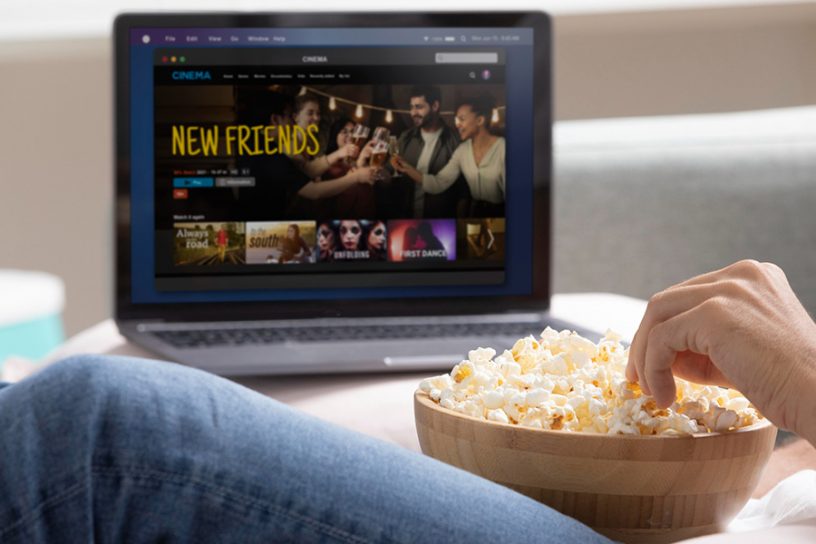
Active leisure is being consumed less while passive leisure is being consumed more – pointing towards an increased sedentarization of lifestyles.
Author
Soumyadip Roy, Associate Professor, Jindal School of Banking and Finance, O.P. Jindal Global University, Sonipat, Haryana, India.
Summary
The COVID-19 pandemic has changed the way time is allocated towards market and non-market activities. This paper looks at the effect of the pandemic on a key category of non-market activity – leisure. We use micro-data from the American Time Use Survey to see how the pandemic affected leisure in the United States. A seemingly unrelated regression system is deployed to examine how the pandemic affects various leisure activities such as television viewing, socialising, reading/writing, active sports, games, and computer use.
Apart from socialising, which was actively discouraged during the pandemic, all major leisure activities saw an increase, which resulted in overall leisure going up in the Covid year 2020 by 5%, compared to 2019. However, the impact is statistically significantly different for different types of leisure activities.
Active leisure is being consumed less while passive leisure is being consumed more – pointing towards an increased sedentarization of lifestyles. Since previous studies have shown passive leisure to be negatively associated with health, our result has important implications for the health and well-being of Americans, and if the trend continues, policymakers should actively incentivise the consumption of active forms of leisure.
Published in: Leisure Studies
To read the full article, please click here.


